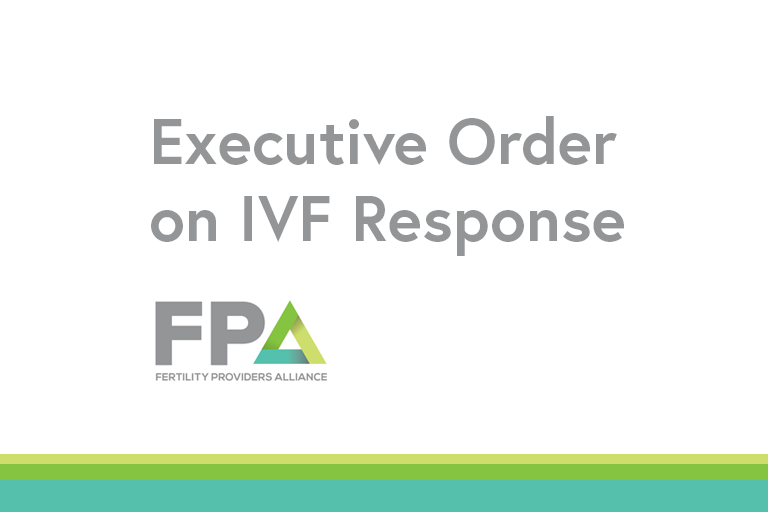Many of the first “IVF babies” were born amidst ethical concerns over the ‘brave new world’ technology that became commercially available in the mid-80s. RSC fertility specialists like Dr. Donald Galen, who began his practice in 1975, have been leaders in developing the reproductive technology that has enabled a steady stream of medical breakthroughs and “greater freedom for individuals to alter their reproductive lives,” said Galen, who is now surgical and research director of RSC.
The past 25 years have put his “maturing but still-young medical specialty” under a wholly different kind of lens than was the case when Galen helped the family of Travis McCullar of Livermore. In 1986 when McCullar was born in Walnut Creek, he was the nation’s second successful transfer of a previously frozen embryo into a mother’s uterus. “In those days I was frequently involved in live televised debates with medical ethicists on the news of Travis’ birth!” recalled Galen.
Early infertility practice by specialists known as reproductive endocrinologists, i.e., OB/GYNS who completed years of advanced training in reproductive endocrinology and infertility, related primarily to tubal surgery for women, which wasn’t very successful, said Galen. “Once we were able to retrieve eggs vaginally to use for IVF, the field changed radically. The births of the first IVF babies turned the world upside down, and it was terribly exciting,” Galen said.
“Fortunately, much of the initial concern about test-tube babies, cloning, and designer babies has been assuaged by the medical benefits of reproductive technology. From gender selection to deciding who has rights to be parents, we probably will always face unresolved issues around embryo technology both within the medical community and society at large,” he added.
In recent decades, advancements in embryology technology have dramatically improved IVF pregnancy success rates and healthier babies. In vitro pregnancy rates continue to soar far beyond those in the first decade of IVF, when most women had a 5 to 10 percent chance of conceiving through IVF. (Today, the national average is better than one in three.) The development of intracytoplasmic sperm injection (ICSI) in 1993 allowed for the treatment of male factor infertility, and recent successes with egg freezing and embryonic genetic screening have been embraced by thousands of couples who not long ago would likely have not been candidates for IVF.
Below is a summary of recent developments and issues that Galen said are shaping both medicine and society today:
Reduction of multiple births
The trend toward more single embryo transfers particularly for older women to improve success rates and avoid the complications associated with multiple births. Currently, physicians routinely transfer two or more embryos for women that are 35 or older. The future of reproductive medicine is focusing on improving techniques for growing and selecting the best quality embryos.
Cryopreservation
Science may give women of the future greater ability to postpone marriage and family even more with newer approaches like vitrification. With traditional slow-freeze techniques, the egg is stored in liquid nitrogen until it is ready to be thawed and fertilized. On the other hand, vitrification fast freezes the egg, which prevents the formation of ice crystals in the egg. Ice formation is dangerous because it may rupture the cell membranes causing cellular destruction. Early studies have shown improved survival and pregnancy rates with the vitrification process.
Embryonic disease screening
Pre-implantation genetic diagnoses (PGD) allows physicians to screen embryos for genetic diseases, such as cystic fibrosis and Tay-Sach’s disease, prior to IVF. The number of diseases detectible by PGD is growing geometrically and now numbers in the hundreds. The technique can be also be used to select embryos of one gender in preference. It may be possible to make other “social selection” choices in the future as well. “However, as genetic testing becomes more sophisticated it poses ethical issues about creating ‘designer babies.’ And as many colleagues ask, just because we can, should we?” poses Galen.
[hoops name=”PR-contact”]






